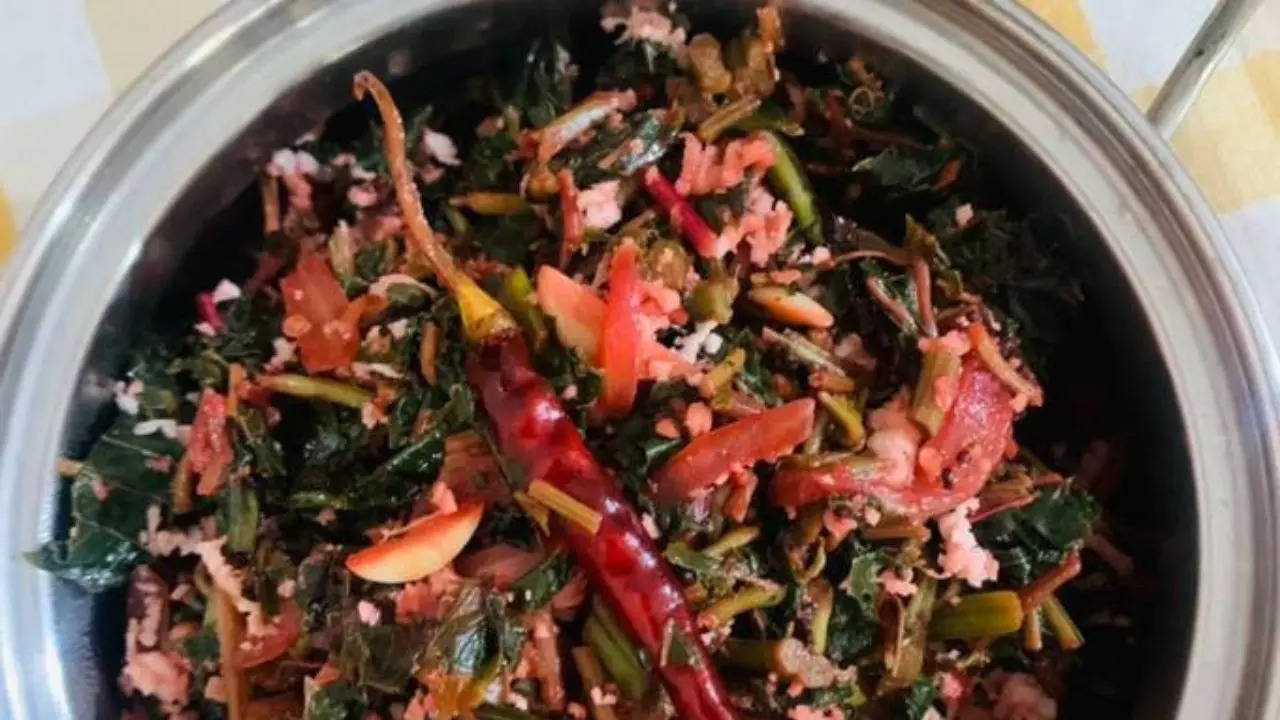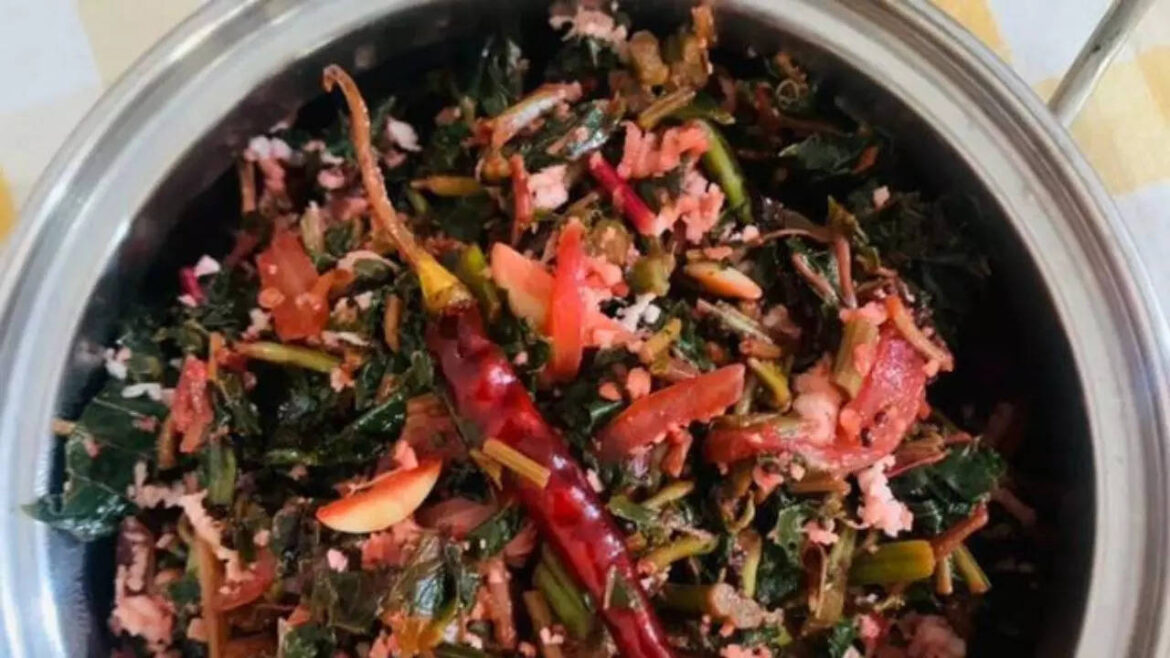Table of Contents

When it comes to winter vegetables there are many which add a touch of nutrition to your diet, but across India, red amaranth leaves are loved for their flavour and health. Red Amaranth, known by various names across India and Asia, is a nutrient-rich leafy green that has been a staple in traditional cuisine for centuries. Called Laal Shag in Bengali, Thotakura in Telugu, Tambdi Bhaji in Marathi, Cholai in Hindi, and Hin Choy in Chinese, this versatile vegetable offers both nutritional benefits and culinary versatility.
As a superfood, Red Amaranth is packed with essential nutrients, particularly vitamin C, which serves multiple vital functions in the body. This powerful antioxidant aids in iron processing and blood vessel formation, while supporting muscle tissue repair. Additionally, it helps maintain collagen, the most abundant protein in the body, responsible for keeping skin, bones, and joints healthy.
How To Cook Amaranth Leaves
When preparing Red Amaranth, consider separating the stems from the leaves during cooking. The stems require slightly longer cooking time (3-4 minutes more) than the leaves to achieve the perfect texture while preserving maximum nutritional value.
This versatile green continues to be celebrated across various Indian cuisines. It offers a perfect blend of nutrition and flavor while adapting to regional cooking styles and preferences. Its widespread use across different cultures and cooking methods demonstrates its enduring appeal in traditional and contemporary cooking.
Here are 6 regional Indian recipes using Red Amaranth Leaves.
Bengali Laal Saag Bhaja
This simple yet flavorful Bengali preparation combines Red Amaranth leaves with poppy seeds (posto dana), peanuts, dried red chillies, and garlic. It's traditionally served as an entrée alongside steamed rice, making it a perfect start to a Bengali meal.
Goan Tambdi Bhaji
In Goan cuisine, where ‘tambdi’ means red and ‘bhaji’ refers to vegetables, this preparation serves as a wholesome side dish. It pairs excellently with dal and rice or can be enjoyed with chapatis or bread.
South Indian Keerai Kootu
A vegan delight from South India, Keerai Kootu combines amaranth leaves with yellow moong beans and a special coconut mixture. While traditionally served with rice, it's equally delicious with roti or dosa.
North Indian Chaulai Sabji
This everyday dish features amaranth leaves cooked with classic Indian spices like cumin, mustard seeds, and turmeric. Enhanced with onions, tomatoes, and green chillies, it creates a balanced, mildly spiced vegetable dish perfect for any meal.
Thotakura Vellulli Karam
Made with the stems of the amaranth plant and a generous helping of garlic, this curry is perfect for people who enjoy the textured parts of the vegetable along with the rich flavour of garlic. Perfect to enjoy with rice or rotis.
Laal Saag Pakora
Pakoras are usually seen as unhealthy fried snacks but when making them with red amaranth leaves, it can add a touch of health. The leaves are dipped in a besan batter and then fried until crispy for a perfect winter chai time snack.

